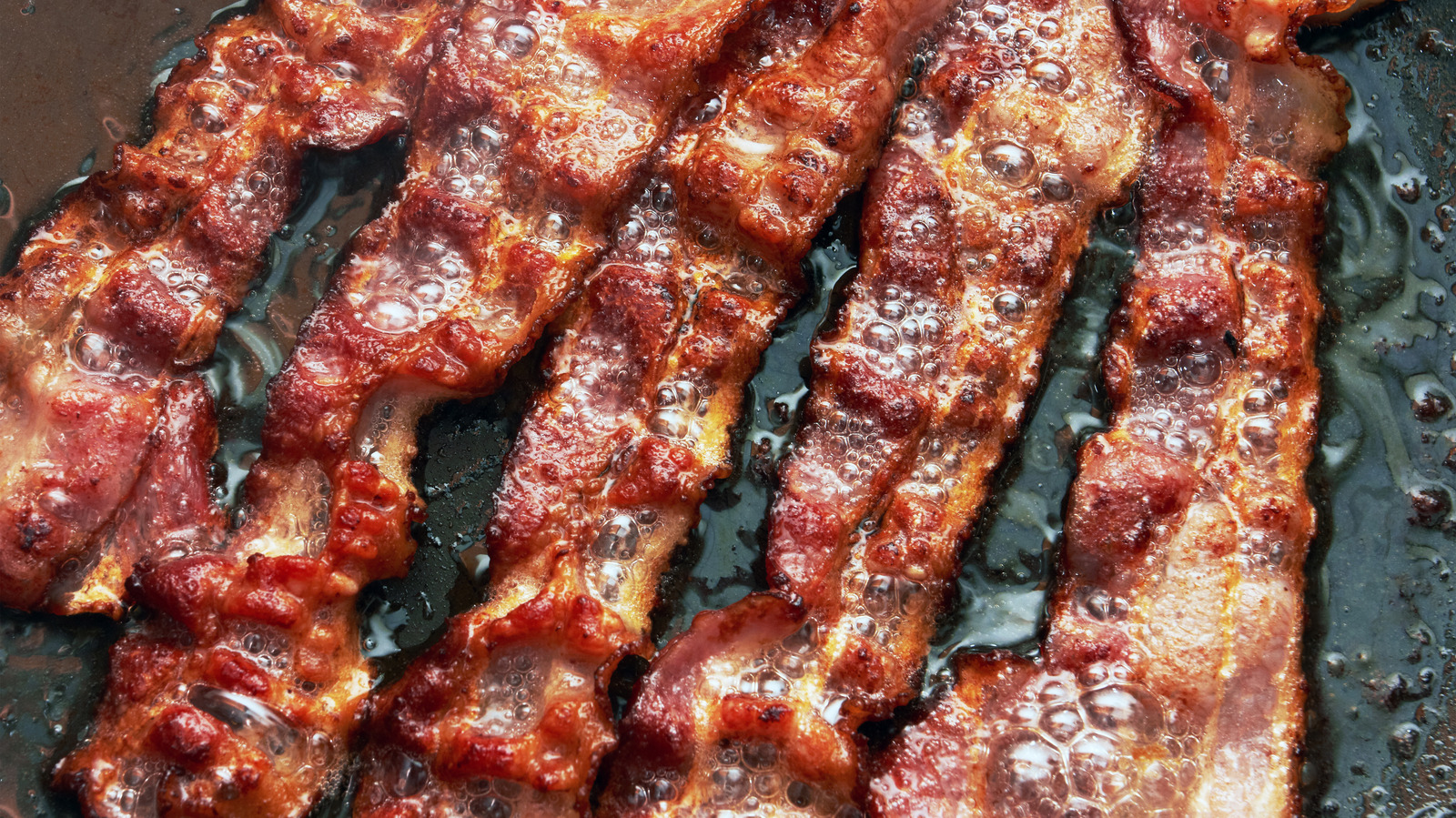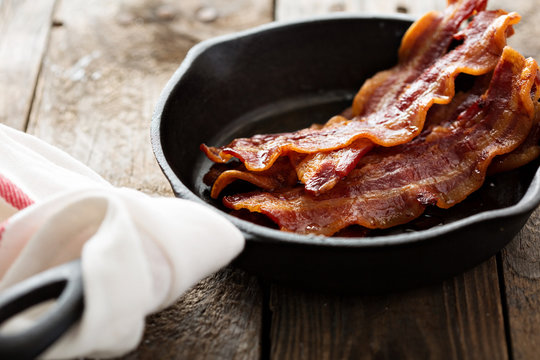Bacon Slice Weight: Understanding the Variability and Culinary Impact
Bacon, a beloved breakfast and culinary staple, comes in various forms and sizes. If you've ever wondered about the weight of a bacon slice, you're not alone. In this article, we'll explore the factors that contribute to the variability in bacon slice weight and how it can impact your culinary endeavors.
1. The Irresistible Allure of Bacon

Allure of Bacon
Bacon's savory and crispy nature has made it a favorite ingredient in countless dishes. Understanding the weight of a bacon slice is essential for both cooking precision and portion control.
2. Delving into Bacon Variability
The weight of a bacon slice can vary based on factors such as cut, thickness, and curing process. Different types of bacon can have distinct characteristics.
3. Traditional Bacon Slices: A Snapshot
While there is no one-size-fits-all answer to the weight of a bacon slice, a typical slice of bacon weighs around:
Weight Range: 0.8 to 1.5 ounces (22.68 to 42.52 grams)
4. The Impact of Cut and Thickness
The way bacon is cut and its thickness can significantly influence its weight:
Thick-Cut Bacon: Bacon slices that are cut thicker will naturally weigh more due to their larger size and density.
Thin-Cut Bacon: Thinner slices are lighter and can be preferred for different culinary applications.
5. Bacon Curing and Water Content

Allure of Bacon
The curing process, which involves adding salt and often sugar to the meat, can impact the water content of the bacon. This, in turn, can affect the weight of the slices.
6. Cooking and Weight Loss
Cooking bacon involves the removal of moisture and fat through rendering. As bacon cooks, it can lose weight due to the evaporation of water and the rendering of fat.
7. Portion Control and Nutritional Considerations
Understanding the weight of bacon slices is crucial for portion control and nutritional awareness:
Caloric Content: The weight of a bacon slice contributes to its caloric content, with thicker slices generally containing more calories.
Serving Sizes: Knowing the weight of a bacon slice helps you gauge appropriate serving sizes for various dishes.
8. Culinary Applications
The weight of a bacon slice can impact its use in different recipes:
Sandwiches: Lighter, thin slices can be ideal for layering in sandwiches.
Burger Toppings: Crisp and slightly thicker bacon slices can add texture and flavor to burgers.
9. The Pleasures of Variety
The variability in bacon slice weight offers a range of options for culinary creativity:
Crumbled Bacon: Lighter, crisp slices can be crumbled and used as a garnish.
Larger Slices: Heavier slices can serve as a substantial ingredient in dishes like BLT sandwiches.
10. Consumer Choices and Preferences
Consumers' preferences for bacon slices can vary, with some opting for thicker, heartier slices and others favoring lighter, crisp options.
The weight of a bacon slice is more than just a number—it's a crucial aspect of your culinary experience. Whether you're crafting a classic breakfast, enhancing a sandwich, or experimenting with unique recipes, understanding the weight and characteristics of different bacon slices empowers you to achieve the desired flavor, texture, and presentation. Embrace the diversity of bacon slices and let your culinary creativity flourish as you explore the world of this timeless ingredient.